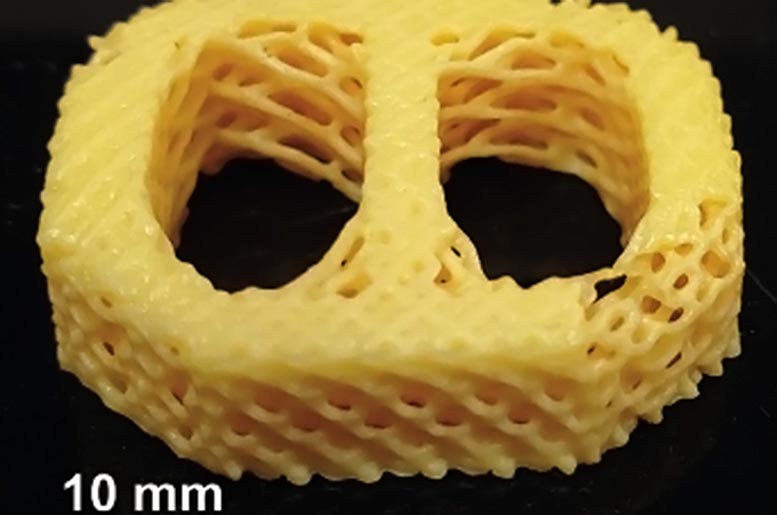Biological tissues have evolved over millennia to be perfectly optimized for their specific functions. Take cartilage as an example. It’s a compliant, elastic tissue that’s soft enough to cushion joints, but strong enough to resist compression and withstand the substantial load bearing of our bodies: key for running, jumping, and our daily wear and tear. Creating synthetic replacements that truly match the properties and behaviors of biological tissues hasn’t been easy.
.
But University of Colorado Denver scientists, led by mechanical engineer professor Chris Yakacki, PhD, are the first to 3D print a complex, porous lattice structure using liquid crystal elastomers (LCEs) creating devices that can finally mimic cartilage and other biological tissues. The CU Denver team, including professor Kai Yu, PhD, postdoctoral fellow Devesh Mistry, PhD, and doctoral student Nicholas Traugutt, as well as scientists […]
Case Study: How PepsiCo achieved 96% cost savings on tooling with 3D Printing Technology
Above: PepsiCo food, snack, and beverage product line-up/Source: PepsiCo PepsiCo turned to tooling with 3D printing...





0 Comments